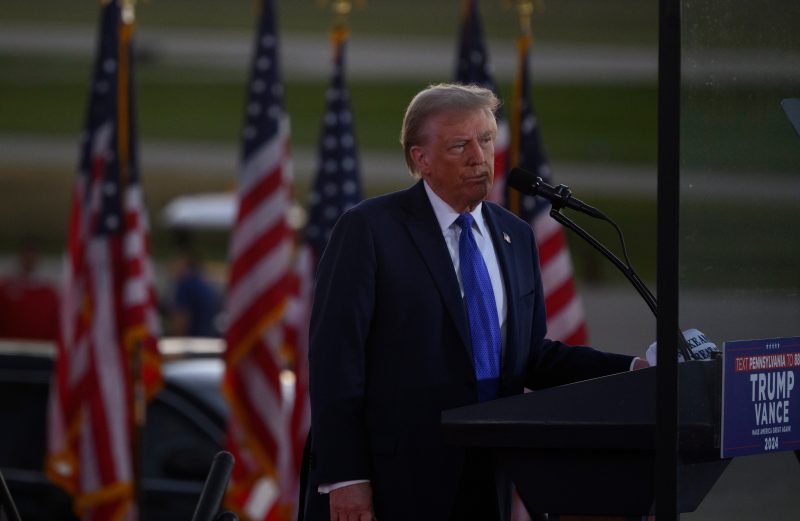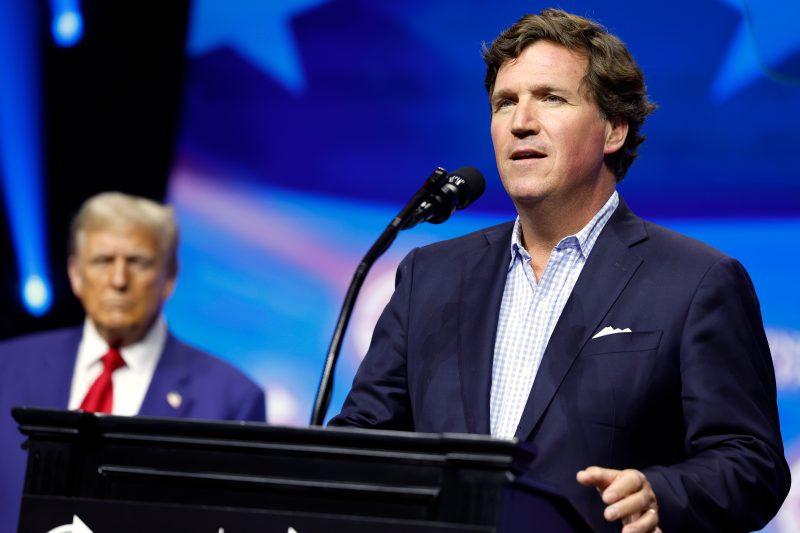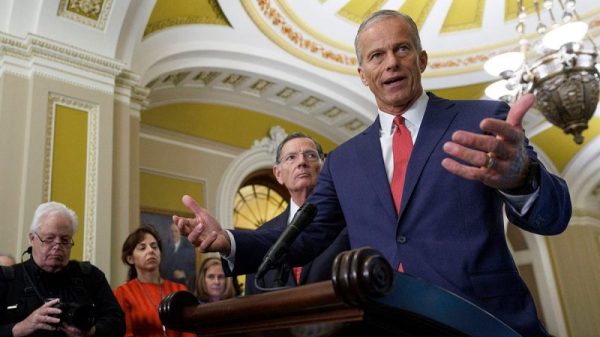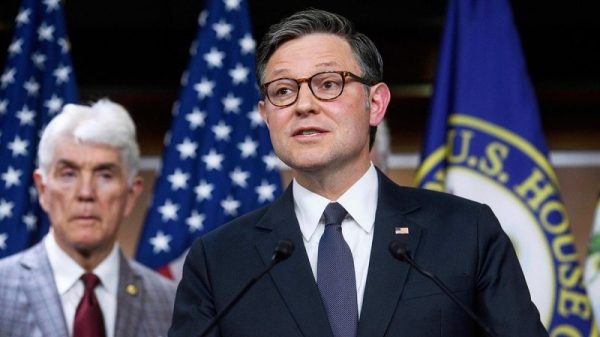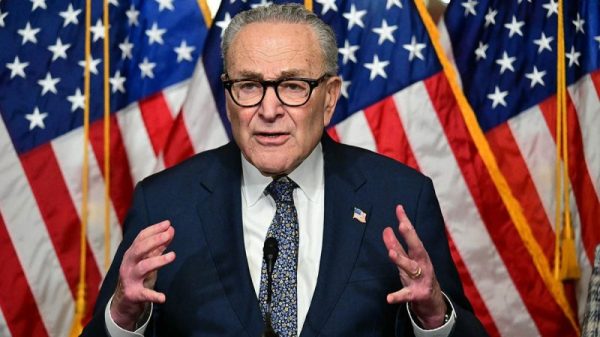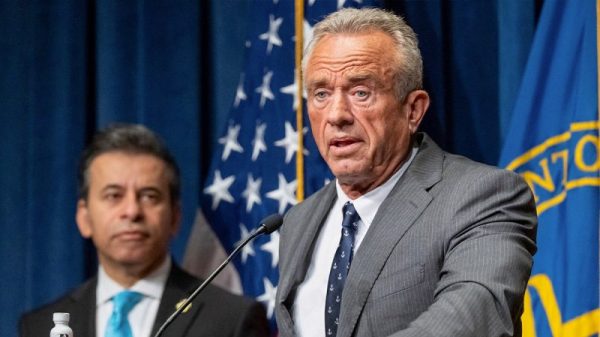
By Lewis (JO:LEWJ) Krauskopf
NEW YORK (Reuters) – As investors seek assets that will shine under a Donald Trump presidency, one corner of the U.S. stock market expected to benefit from the Republican’s policies has been stumbling.
Shares of smaller U.S. companies have been under pressure, with the small-cap Russell 2000 last week marking a 10% correction from its November highs. The S&P 500, the benchmark for large-cap companies, declined less than 3% in that time.
Trump, who will be inaugurated for his second term on Monday, is expected to back an agenda promoting domestic economic growth, increasing the appeal of small-cap stocks.
But the group encountered a severe headwind in recent weeks: the prospect of higher interest rates than previously expected, which stand to raise borrowing costs that hit smaller companies particularly hard.
“With more pro-growth policies, small caps tend to do better in theory when the economy is stronger,” said Keith Lerner, co-chief investment officer at Truist Advisory Services.
“You almost have this tug of war,” Lerner said. “On one side, stronger growth should be good for small caps. On the other side, high interest rates are negative.”
Small caps and equities broadly won some relief this week from an encouraging inflation report that calmed surging Treasury yields.
The focus on small caps comes as investors look for “Trump trades” that have room to run.
The overall stock market has given up some gains since Trump’s Nov 5 victory, when investors were enthused about his pro-growth agenda benefiting equities broadly. The S&P 500 is up 3% since the election.
Some Trump trades continue to thrive. Shares of Tesla (NASDAQ:TSLA), led by Trump backer Elon Musk, have gained over 60% since Nov 5. Bitcoin, which is expected to benefit from a friendlier crypto regulatory environment, is up over 40%.
Small caps, however, have pulled back. The Russell 2000 index surged nearly 6% on the day after Trump’s win. Later in November, it hit its highest closing level in three years. Now the index is little changed since the election.
An expectation of fewer interest rate cuts this year has dampened sentiment for small caps, with the Federal Reserve in December projecting less easing as it raised its estimate for inflation in 2025.
Treasury yields have surged. This week, the benchmark 10-year yield hit a 14-month high.
Smaller companies “tend to have greater debt loads…so not getting the follow-through with lower interest rates is something that sort of poured a bit of cold water” on hopes for small-cap strength, said Yung-Yu Ma, chief investment officer at BMO Wealth Management.
The Russell 2000 surged following Trump’s 2016 election and the index kept outperforming the S&P 500 in the year following his first victory, rising 24% against a 21% for the large-cap index.
Under Trump, the prospect of reduced regulations and promotion of domestic business should benefit smaller companies, whose businesses tend to be more U.S.-focused than larger, multi-national corporations, said Sameer Samana, senior global market strategist at Wells Fargo (NYSE:WFC) Investment Institute.
But while the group’s outlook improves under Trump compared to his predecessor Joe Biden, the incoming president’s favoring of tariffs could cause problems for smaller companies if they disrupt supply chains, Samana said.
“There will be some things that are helpful under the Trump administration… but there will also be some negatives,” Samana said.
Small-cap bulls are counting on some catch-up. The S&P 500’s nearly 50% gain over the past two years is more than double the rise for the Russell 2000.
Still, small caps could face headwinds if interest rates keep rising. Small-cap indexes tend to be more highly weighted toward financials and industrials, sectors that are relatively more sensitive to higher rates and inflation, according to Truist’s Lerner.
The Russell 2000 held a 37% weight with those two sectors as of the end of 2024, compared to a roughly 22% for those groups in the large-cap S&P 500.
Trump’s arrival presents an opportunity for small caps, BMO’s Ma said, “but that thesis for outperforming probably hinges more on a favorable interest rate environment.”
















